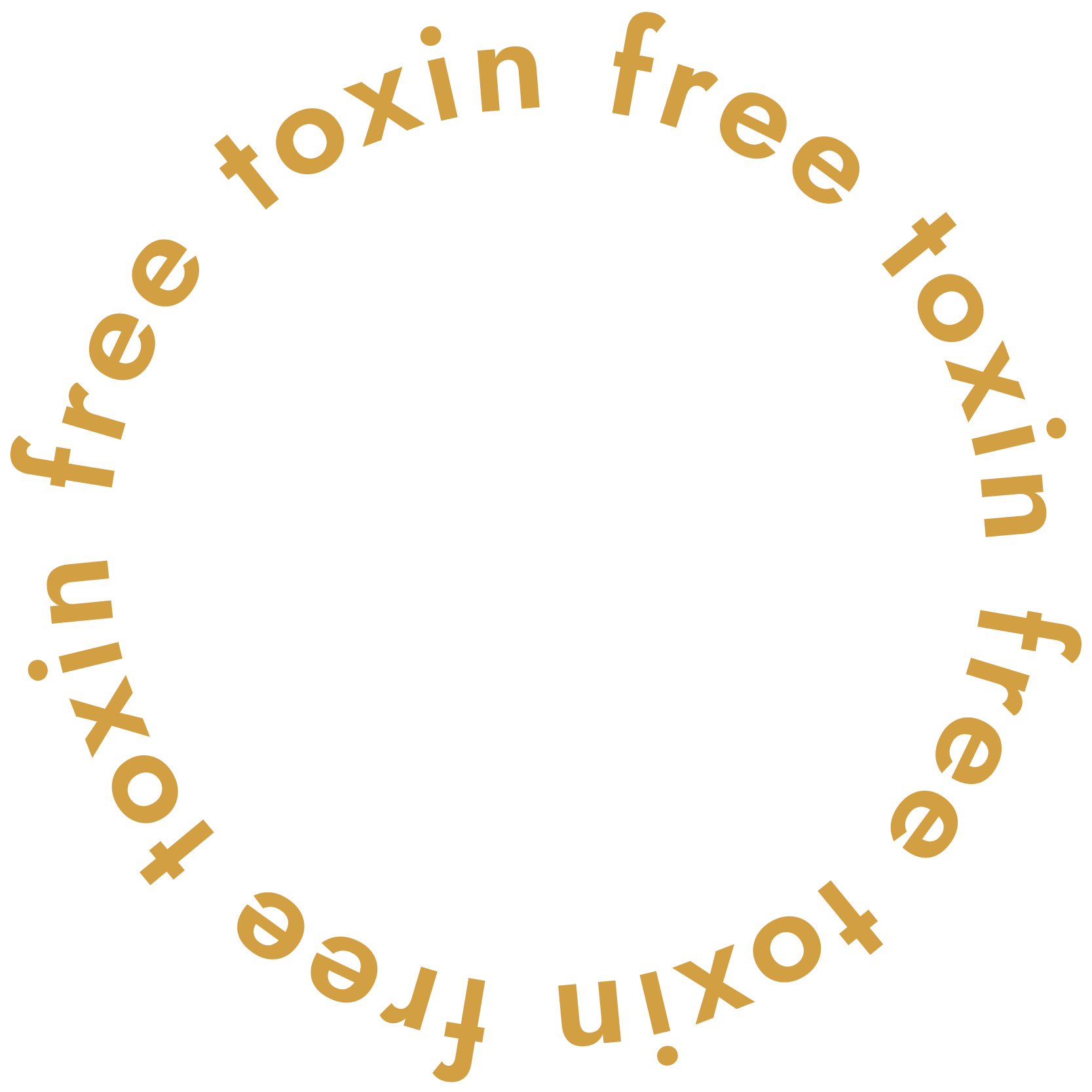Apple Podcasts | Spotify
Your child’s “behavioral issues” might actually be a reaction to what’s hiding in their food. The long-term food dye effects on the body are well-known, at this point. As an environmental toxins attorney turned clean living coach, I’ve witnessed countless families transform their children’s lives by simply removing artificial food dyes from their diet.
The FDA’s recent ban on Red Dye No. 3 isn’t just about cancer risks—it’s about acknowledging decades of evidence showing how these petroleum-based chemicals affect children’s behavior, emotions, and development.
Parents are often dismissed, judged, or made to feel crazy for connecting their children’s emotional regulation issues to food dyes. But the reality is stark: children are being misdiagnosed, medicated, and labeled as “difficult” when they’re actually having severe reactions to artificial colors hidden in everything from medication to toothpaste.
In this episode, I share practical steps for identifying food dye effects and sensitivity, navigating social situations, and advocating for your child. Whether you’re dealing with aggression, emotional outbursts, or just curious about the impact of food dyes, you’ll learn how to create positive change through informed choices and strategic elimination.
In today’s episode, we’re chatting about:
- How to identify if your child has a sensitivity to food dyes
- The surprising everyday products that contain artificial food coloring
- Step-by-step guide for eliminating dyes from your child’s diet
- Tips for educating family, friends, and teachers about food dye effects
- Practical ways to advocate for systemic change in schools and communities
FDA Announcement
Let’s start with the FDA’s announcement. On January 15, 2025, the FDA finally banned red dye no. 3 in food and gave companies a couple of years to comply. The Delaney Amendment states that if any food additive is known to cause cancer in animals or humans, then you can petition the FDA to ban it in food. Red dye no. 3 has been shown to cause cancer in rats for decades. It should have been banned from food a really long time ago. It’s almost like the FDA begrudgingly complied. But at the same time, they’re saying that people don’t need to worry, and these dyes have been found to be completely safe. Which one is it?
I find that kind of dismissive rhetoric. It perpetuates ignorance about the real harm that these dyes cause. I have my own opinions about why. I actually think they banned the dye because of the pressure. I think it was the Cancel Kellogg’s Campaign and moms starting to be loud about these issues and food dye effects. I think it’s the new administration making changes. California has already banned red dye and has given companies the same timeline to comply. During this past legislative session, they’re also banning all artificial food dyes for kids in public schools. I think the FDA felt a ton of pressure from consumers and taxpayers and felt that they should do something symbolic to show support.
Misdiagnosing Children Because of Food Dye Effects
Think about a child who is 4-6 years old. They are having severe reactions, being sent home from school for being physical, aggressive, screaming, crying, banging on walls, and being emotionally out of control. The child says things like, “My brain is buzzing,” “I can’t think,” or “Something’s wrong with me.”
These are all stories I’ve heard from parents who are literally telling me through their tears, “I don’t know what is wrong with my kid, but it is making life hard. It is making life for their siblings hard. This is awful.” Oftentimes these kids end up on medication after being diagnosed with bipolar or depression. And while those mental disorders are very real, how many kids out there are being misdiagnosed when, in reality, they’re having a severe reaction to food dyes?
Food dyes are made from freaking petroleum! There is no reason for them to be in food. They don’t change the flavor; they only change how the food looks.
Check out the documentary To Dye For, which follows a couple who documented the effects of food dye on their child and many other children. I just finished it and found it heartbreaking and eye-opening.
Social Judgement
I’ve heard this so often from my audience and even straight to my face: You’re one of those parents. You should just let your kids be kids. You’re too restrictive. You’re going to give your kid an eating disorder. You’re crazy.
I know families who’ve been ostracized from groups because they don’t give their kids food dyes. It’s just this weird judgment that feels like brainwashing. We have been brainwashed to think that the food on grocery store shelves is safe and totally fine for us. Anybody who says something against that mainstream idea is weird.
Take all the food dyes from your child’s diet for two weeks. Literally, all it takes is two weeks. You have to find it all, though, and I’m talking about medication, toothpaste, meat, yogurt, and even things you don’t realize. Go through your cupboard and everything you’re cooking and consuming and get the dyes out of the food for two weeks. See the difference it makes in your child’s behavior. And your own behavior, for that matter!
Systemic Change
You probably have noticed that in this season of the podcast, I’m more about encouraging action, collectively taking our voices, and doing something about this issue instead of just talking about it all the time.
You can contact your lawmakers. Pick up the phone. I want you to have your lawmakers on speed dial, literally. I want you to be so comfortable that you just will pick up the phone regularly and tell them what you care about. I want you to do something about it.
I also want you to use your phone and email to contact and pressure brands. I email and call brands all day long, and I am not special. I’m a consumer, just like you. There’s nothing different about me. Email them something like:
“Hey, I see you have artificial food dyes in this fruit snack or this vitamin or this thing that I buy. I don’t want this to feed my family foods that contain these ingredients. Will you please change your policies? I’m going to stop buying this because of this.”
I can promise you that brands will listen.
Lastly, if you love a clean product with natural colors and they’re doing the right thing, support that brand. Tell your friends and family about it. Go out of your way to support them. Become an affiliate, amplify their message, share about them on social media, etc. We need to move into action mode. As soon as we can understand food dye effects better, we can take the shame away from it and demand better.
If you enjoyed this week’s episode, please:
- Leave a positive review or rating wherever you listen
- Shop toxin free products on my Toxin Free Shopping Guide
- Download your free 25 Toxins to Avoid
- Post a screenshot, share what you loved, and tag me on Instagram @wendy_toxinfreeish
- Want to ask me a question to get answered on the podcast? Leave me a voice message here.
Related Episodes:
Episode 39: What to Know About the 4 Food Additives Banned by California
Episode 93: Why are Moms Joining the Cancel Kellogg’s Campaign? The Health Effects of Artificial Food Dyes in Kids’ Food


+ show Comments
- Hide Comments